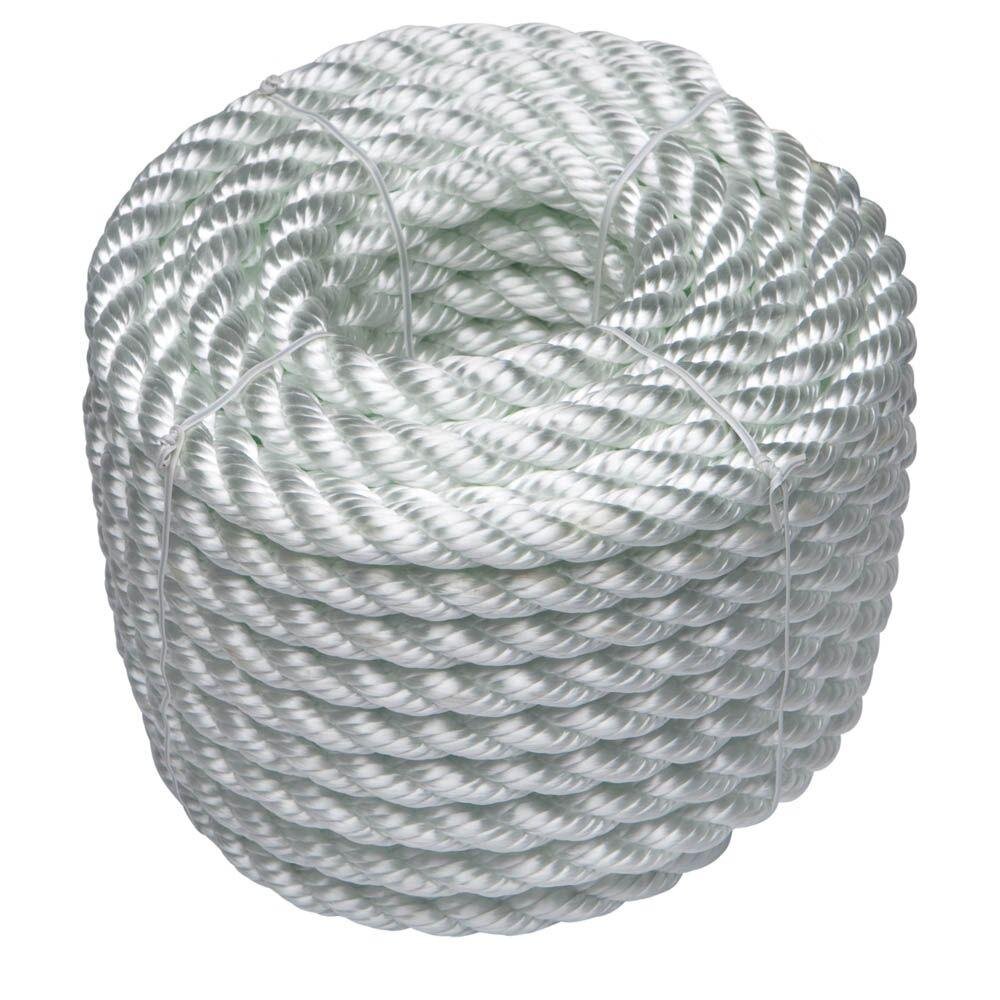Why Knot? - #3 - Synthetic Rope
/Climbing Rope
Most of the rope you will buy in the store now is synthetic. The invention of plastic and other polymers truly changed the world in may ways but, however, with a cost. Synthetic materials do not break down over time. For this reason, we should always be committed to recycling and re-purposing and working to keep synthetic products from ending up in the oceans. As rope is heavily used in the maritime industry, this is doubly important.
Synthetic rope is more durable than natural rope. It can be manufactured in many ways to alter what it is used for. It can have a lot of stretch or just a little stretch. It can float or sink. It can be produced in any color. It can be any size from thin fishing line all the way up to the monstrous mooring lines (hawsers) found on ships.
Spool of Nylon Rope
NYLON
Nylon rope is known for its elasticity and ability to absorb tremendous shock loads. this rope will not rot and is resistant to oil, gasoline, and most chemicals. Along with having good abrasion resistance, nylon rope also has good resistance to UV rays. Nylon rope is used for all sorts of things and you will find it on boats and ships of all sizes. Nylon rope sinks.
The ropes on the Sound View challenge course are made of nylon. There is a woven sheath as well as a tightly woven core which gives it strength. Some of the ropes stretch very little while others, such as on the Big Jum, stretch a lot to absorb the energy of a falling (or leaping) participant.
Fishing line is usually made of a single strand of nylon.
Spool of Polypropylene Rope
POLYPROPYLENE
Polypropylene is a lightweight rope that does not absorb water. It is resistant to oils, mold, mildew, and most chemicals. As such, polypropylene is an ideal rope for certain marine applications. For example, because this rope floats in water, it is often used to create swimming lanes. and ski rope. A lot of general-purpose rope is also partly made of polypropylene.






